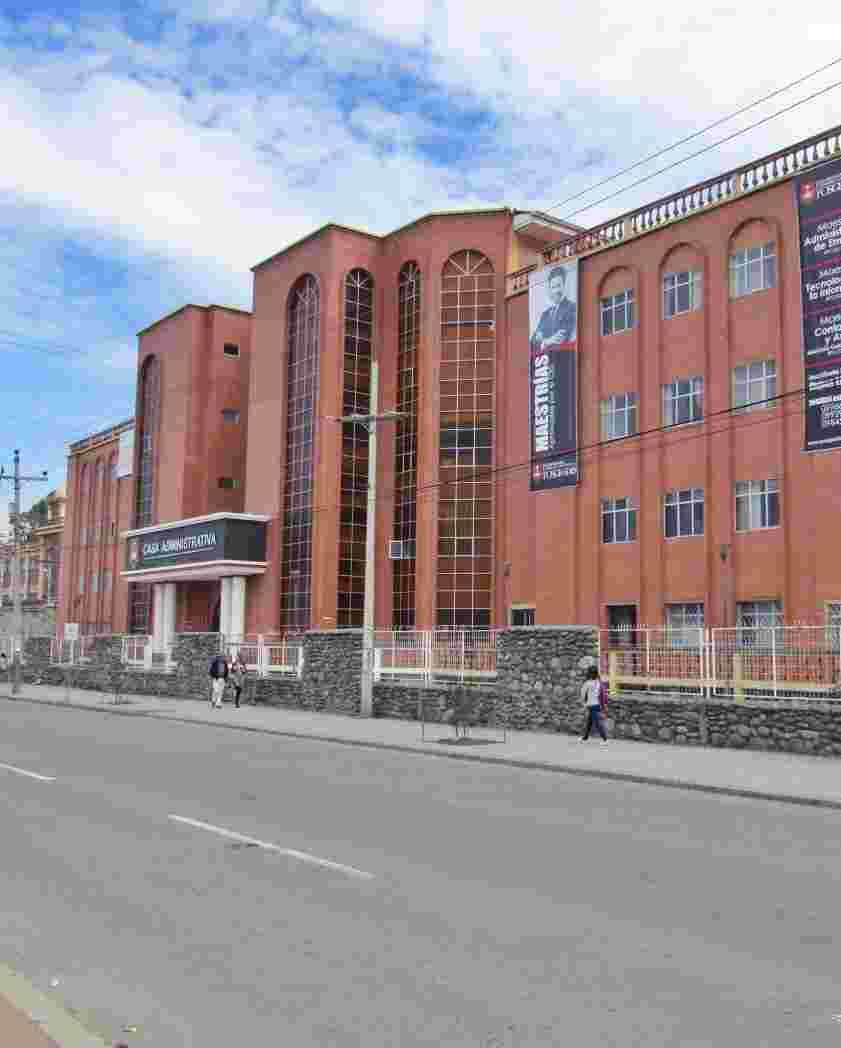Trabajos de Titulación - Ingeniería Civil
URI permanente para esta colecciónhttps://dspace.ucacue.edu.ec/handle/ucacue/38
Examinar
Examinando Trabajos de Titulación - Ingeniería Civil por Asesores "Darquea Córdova, Francisco José"
Mostrando 1 - 3 de 3
- Resultados por página
- Opciones de ordenación
Ítem Acceso Abierto Análisis comparativo de las normas Nevi-2012 y el reglamento de la Ley de Sistema de Infraestructura Vial del Transporte Terrestre vigente(Universidad Católica de Cuenca., 2025) Arévalo Otorongo, Pablo Andrés; Darquea Córdova, Francisco José; 0107296535This thesis analyzes the differences and opportunities for improvement within the regulatory framework of Ecuador's road infrastructure, specifically between the Ecuadorian Road Standard (NEVI-2012 Volume 2A) and the Regulations of the Organic Law of the National Road Infrastructure System for Land Transport. It also compares these with international standards such as the American Association of State Highway and Transportation Officials (AASHTO) from the United States, Colombia’s National Roads Institute (INVIAS), and Peru’s Geometric Design of Roads Handbook. The aim is to identify strengths and weaknesses to plan necessary updates to the Ecuadorian regulations, ensuring a more appropriate, modern, and efficient road infrastructure system. Among the main discrepancies is the use of the Annual Average Daily Traffic (AADT) and the Projected Annual Average Daily Traffic (PAADT) as road classification criteria. While the regulations use the AADT to reflect current traffic, this parameter is insufficient for modern vehicular demands. According to the geometric design, the regulations lack detailed technical specifications, unlike the NEVI standard and the international comparison standards, which incorporate clear criteria such as radius of curvature, maximum slopes, lane widths, and environmental sustainability data. The study proposes updating the regulations to incorporate the PAADT as a modern road planning criterion and technical parameters for geometric design. This would ensure that Ecuadorian regulations are more efficient and compatible with international standards.Ítem Acceso Abierto Evaluación de la calidad del servicio de transporte público en buses urbanos de la Ciudad de Cuenca. Caso de estudio líneas 16 y 100(Universidad Católica de Cuenca., 2025) Quizhpe Garrochamba, Kevin Joel; Narváez Zamora, Reinaldo Matías; Darquea Córdova, Francisco José; 1150464046; 0151194438One of the fundamental problems in the city of Cuenca is the quality of urban public transportation service, which directly impacts residents’ daily lives. For this reason, the objective is to evaluate the quality of public transportation service on urban bus lines 100 and 16 in Cuenca through surveys. Satisfaction surveys were conducted with 186 people, addressing quality criteria in the public transportation service, including punctuality, frequency, comfort, cleanliness, accessibility, safety, and other relevant factors. The surveys were completed through personal interviews and self-administered forms using the Google Forms platform. The results were processed using statistical methods and Excel software. The results obtained from these surveys revealed significant variability between the two lines. Additionally, statistical data from the surveys were used to interpret the level and quality of satisfaction on these two bus lines in Cuenca. For future research, it would be interesting to extend these satisfaction surveys to other bus lines to obtain a deeper and more comprehensive result on user satisfaction.Ítem Acceso Abierto Evaluación de la calidad del servicio de transporte público en buses urbanos de la Ciudad de Cuenca. Caso de estudio líneas 16 y 100(Universidad Católica de Cuenca., 2025) Quizhpe Garrochamba, Kevin Joel; Narváez Zamora, Reinaldo Matías; Darquea Córdova, Francisco José; 1150464046; 0151194438One of the fundamental problems in the city of Cuenca is the quality of urban public transportation service, which directly impacts residents’ daily lives. For this reason, the objective is to evaluate the quality of public transportation service on urban bus lines 100 and 16 in Cuenca through surveys. Satisfaction surveys were conducted with 186 people, addressing quality criteria in the public transportation service, including punctuality, frequency, comfort, cleanliness, accessibility, safety, and other relevant factors. The surveys were completed through personal interviews and self-administered forms using the Google Forms platform. The results were processed using statistical methods and Excel software. The results obtained from these surveys revealed significant variability between the two lines. Additionally, statistical data from the surveys were used to interpret the level and quality of satisfaction on these two bus lines in Cuenca. For future research, it would be interesting to extend these satisfaction surveys to other bus lines to obtain a deeper and more comprehensive result on user satisfaction.




